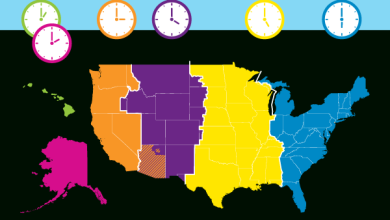How do automation tools improve digital marketing campaign performance?

Marketing teams waste hours on tasks that software should handle. Scheduling posts, adjusting bids, or sorting leads takes time from strategy work that matters. Automation platforms take over repetitive jobs while people focus on judgment-based decisions. digital marketing performance improves dramatically when you let machines do what they’re skilled at: executing tasks precisely and running 24/7. The gains aren’t marginal. Automated campaigns beat manual ones by double-digit percentages.
Timing gets optimized
When you send matters as much as what you send. An email arriving at 6 AM gets deleted. The same email at 10 AM gets read. Social posts published during work hours reach professionals. Evening posts catch consumers. Manual timing can’t account for individual preferences across thousands of contacts. Automation platforms track when each person typically engages, then schedule delivery accordingly. Someone who opens emails during lunch gets messages at noon. A night owl receives theirs at 9 PM. This personalized timing scales to entire databases without anyone manually checking optimal send times. The system handles timezone math, daylight saving adjustments, and historical engagement patterns automatically.
Personalization happens everywhere
Nobody wants generic mass emails anymore. Recipients expect content matching their interests and behavior. Manually personalizing messages for thousands of people is impossible. Automation makes it routine. The platform looks at what someone did on your site, what they downloaded, and which emails they opened, then assembles content blocks accordingly. A prospect researching security features sees security-focused content. Someone comparing pricing gets ROI calculators and cost breakdowns. Industry-specific case studies go to recipients from those industries. Product recommendations match browsing history. All of this assembly happens instantly when the send triggers, pulling from content libraries based on rules you’ve configured once.
Responses fire instantly
Prospects take action at random hours. They download guides at midnight. They abandon carts during lunch breaks. They fill out forms on weekends. Waiting until Monday morning to respond means losing them. Automation catches these triggers immediately. Cart abandonment sequences start within minutes. Form submissions get instant acknowledgement and relevant follow-up content. Downloads trigger nurture sequences while the prospect still remembers requesting the material. Demo requests hit sales queues right away, not eight hours later when someone checks their email. This speed captures people while they’re engaged instead of letting interest fade.
Testing never stops
Improving performance requires experimentation. Subject lines, images, headlines, calls to action, page layouts. Every element affects results. Running tests manually is slow and limited. Automated testing splits audiences, measures outcomes, and declares winners based on statistical validity. The platform might test five subject lines simultaneously, measure open rates across 10,000 sends, then route remaining sends to the top performer. Landing page tests compare layouts, button colours, and form lengths. Ad tests evaluate images, headlines, and audience targets. These experiments run in parallel across campaigns, with results feeding back into optimization algorithms that refine future tests. The cycle never stops.
Data drives adjustments
Campaign data flows in constantly. Click rates, conversion paths, cost per acquisition, revenue attribution. Processing this volume manually is unrealistic. Automation systems ingest these metrics in real time and adjust accordingly. Ad platforms raise bids on keywords that convert well. They cut spending on underperformers. Audience targeting contracts around segments showing purchase intent. Budget shifts from weak channels to strong ones. Email send frequency adjusts when engagement drops. Lead scoring updates based on which behaviors actually predict conversions. These micro-optimizations compound across thousands of decisions daily, improving efficiency faster than any human could manage manually. The technology executes while humans concentrate on strategic decisions, creative work, and interpreting performance data that shapes future campaigns.




